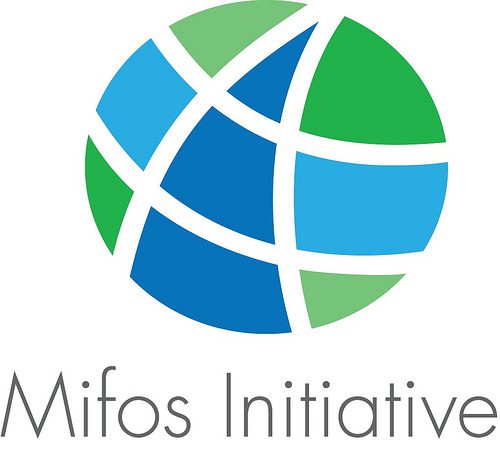OnDeck showed how its lending APIs help financial institutions lend to small businesses faster:
OnDeck Lending API’s – Frictionless, Extensible, PowerfulThe OnDeck Score evaluates thousands of data points – from cash flow to public records to social data – to more accurately and efficiently assess business health and deliver capital in as fast as 24 hours.Pamela Rice, OnDeck’s SVP of Technology, is discussing how the OnDeck platform provides a critically needed mechanism for financial institutions and other business service providers to efficiently reach the Main Street small business market.The company has several APIs, which provide powerful, fully integrated lending capabilities to third party partners, thus allowing for instant pre-qualifications, pre-approvals and loan applications. Through a coding and product demo, Pamela will demonstrate how both developers and non-developers can interact with OnDeck’s APIs in a UI sandbox and how to utilize our Salesforce app for frictionless plug-and-play integration.



































